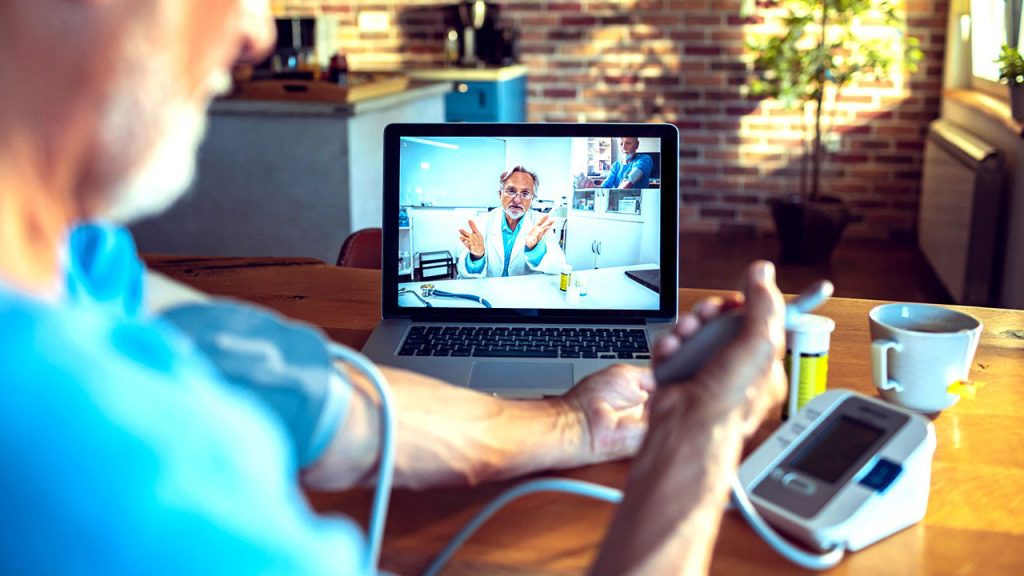In recent years, devices to help elderly people live more independently while staying connected to their families and friends have seen a boom in popularity. They’ve gone from nice accessories for those with the knowledge and budget to absolute essentials. Why exactly has this happened, and what does it mean for the future (https://longevity.technology/news/senior-living-tech-is-now-a-must-have/)?
Well, the Covid-19 pandemic has been a big factor. How often did you hear, “It’s only a big risk if you’re already elderly or disabled,” like that meant anyone who got sick was likely going to die soon anyway? Historically, it’s been easy to ignore these more vulnerable communities of people, but now we’re starting to realize we might need to think about their needs a bit more carefully.
Part of what the pandemic highlighted was the impact of isolation. Older people weren’t just more at risk from the virus; they were already more likely to experience the harms of being cut off from loved ones. Technology can be one of the best ways for people to connect with each other across long distances and lockdowns.
Of course, not all technology is ideal for the elderly and infirm. It needs to be simple enough that those who aren’t tech savvy can figure out how to work it. It can’t be too heavy or overly reliant on fine motor skills in case they have mobility issues. For those whose eyesight is failing, larger and brighter screens and controls are important. And it’s always helpful for tech, even agetech, to be stylish. You don’t want users feeling embarrassed or like they’re being excluded from the fun side of technology.
The growth in the market has led to all sorts of innovations to make senior living easier, with people finally starting to pay attention to these needs. In fact, it could be argued that it’s gone too far the other way. Now there are so many new devices, each claiming to be the cleverest and most exciting ever, that it’s easy to become overwhelmed. The elderly, their families and their carers need more help just sorting through all their options.
We still don’t know what the full long-term impact of the Covid-19 pandemic will be, and many companies are still adapting to this new world, but how we treat aging and agetech does seem to be one of the big changes.




